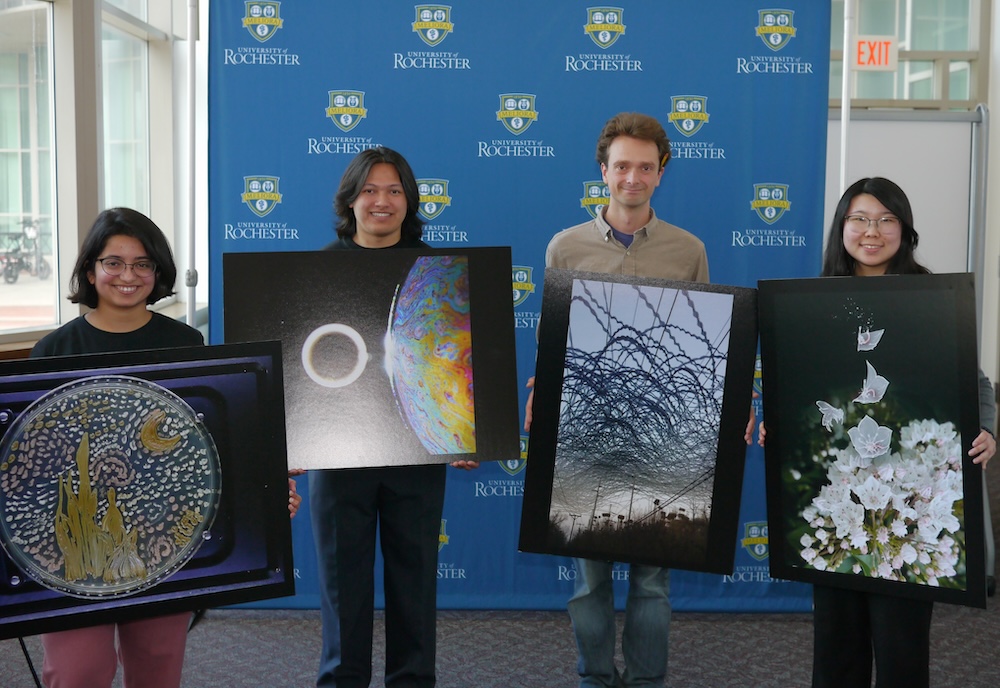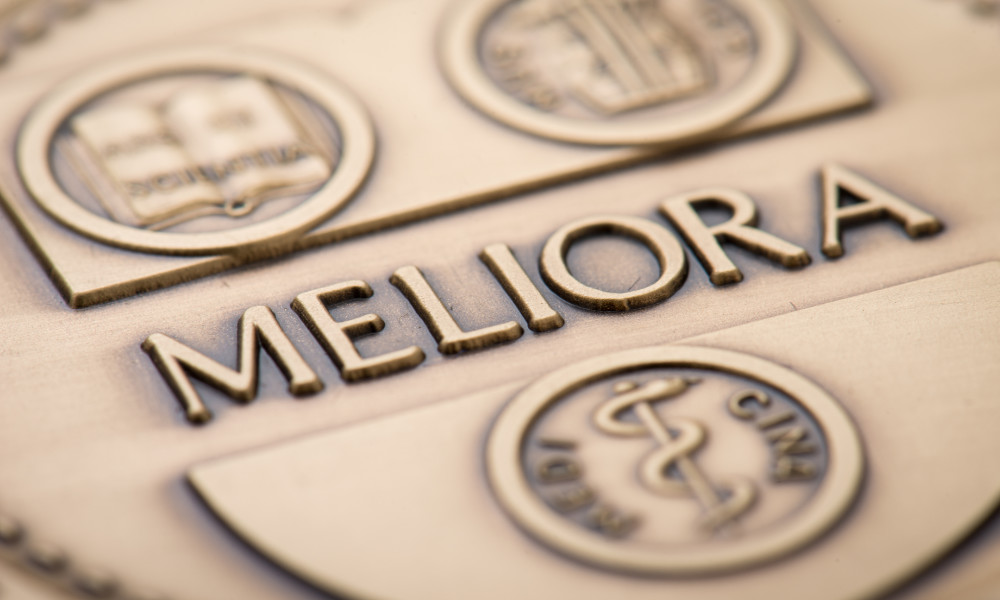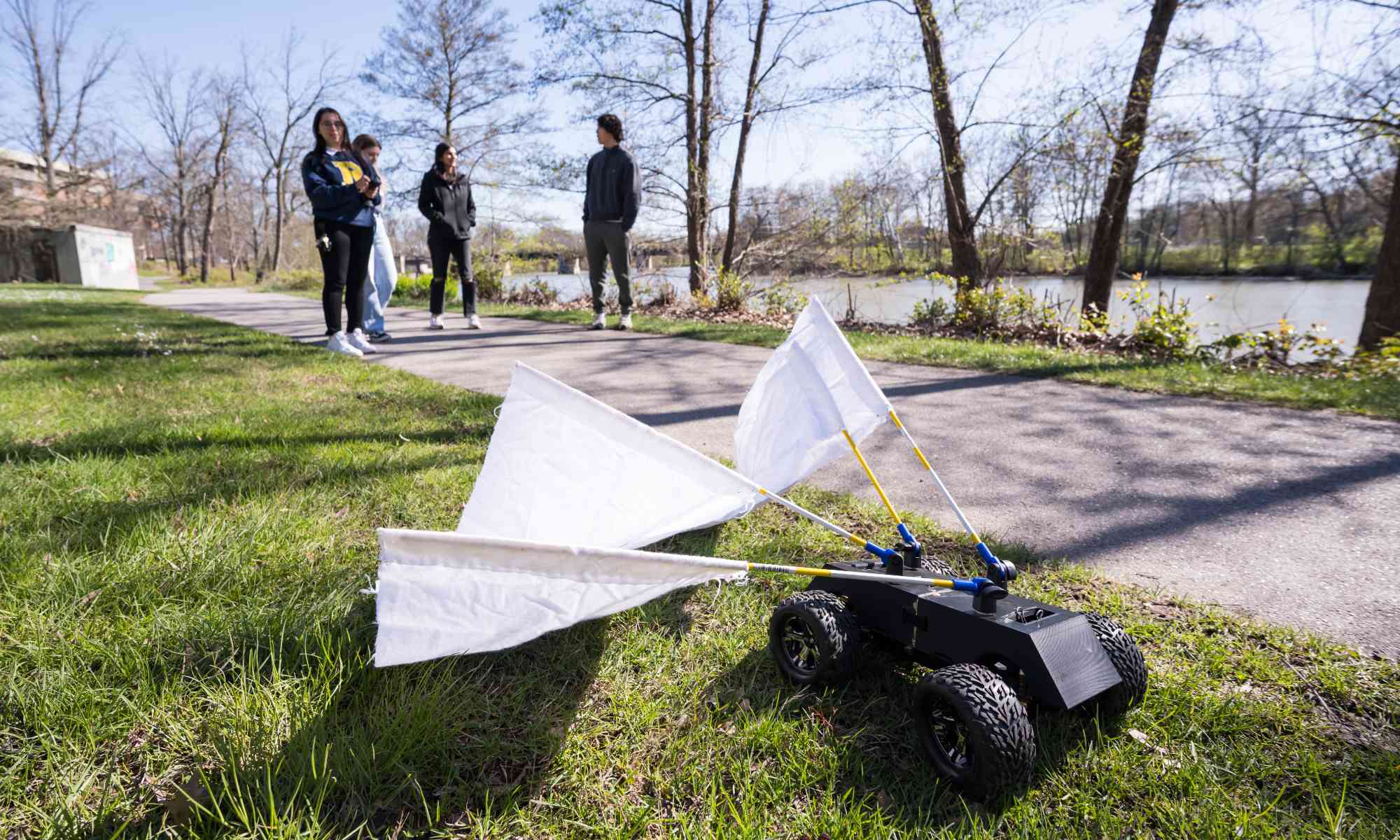The annual University-wide event encourages Rochester community members to explore the intersection of science, art, and technology.
A record 84 University of Rochester faculty, students, and staff submitted entries to an annual competition to explore and illuminate the aesthetic beauty that results when science, art, and technology intersect. The winning entries of the 2024 Art of Science competition were announced during a ceremony in the Carlson Library, where they will be permanently displayed.
Held each spring, the competition is sponsored by the Hajim School of Engineering & Applied Sciences in collaboration with River Campus Libraries. Prizes are awarded for the top student submissions and for the People’s Choice Award, which is voted on by members of the Rochester community. This year, the 665 votes submitted resulted in a two-way tie for the People’s Choice Award
First Place
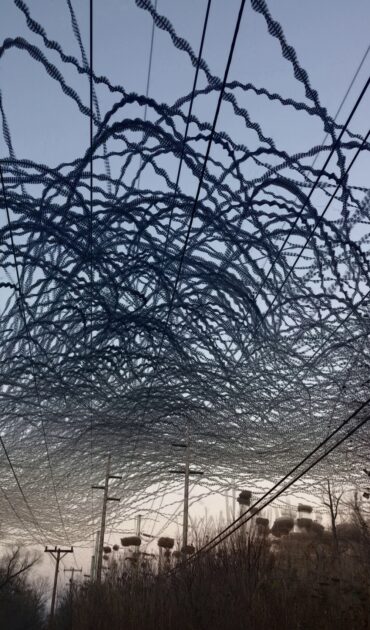
Rayleigh Parker, a physics PhD student, won first place for Flocking Behavior. Parker shot video of a small flock of crows passing overhead on the Lehigh Valley Trail in Rochester and then collapsed the video down into a single frame using a script written in Python.
“Birds engage in flocking behavior that can produce mind-bogglingly complex structures in space and time, but the behavior of each individual bird can be reduced to a (relatively) simple set of rules,” wrote Parker in their submission. “Only in the aggregate does the structure of the flock emerge. While large flocks of birds such as starlings are the most immediately impressive, smaller flocks, even groups of only three birds, can be just as beautiful if you take the time to watch.”
Second Place
 The runner-up was Pollen Catapult, created by molecular genetics student Hanna Wang ’26. Wang took a photo of Mountain Laurel flowers with her phone and used Clip Studio Paint to edit and draw over the photograph.
The runner-up was Pollen Catapult, created by molecular genetics student Hanna Wang ’26. Wang took a photo of Mountain Laurel flowers with her phone and used Clip Studio Paint to edit and draw over the photograph.
“The Mountain Laurel’s tension-and-release pollen dispersion mechanism is shown through drawings, allowing for visual depiction of the bent stamen alleviating tension to release pollen,” shared Wang. “It’s fascinating that these beautiful geometrically shaped flowers are secretly tiny pollen catapults.”
Third Place
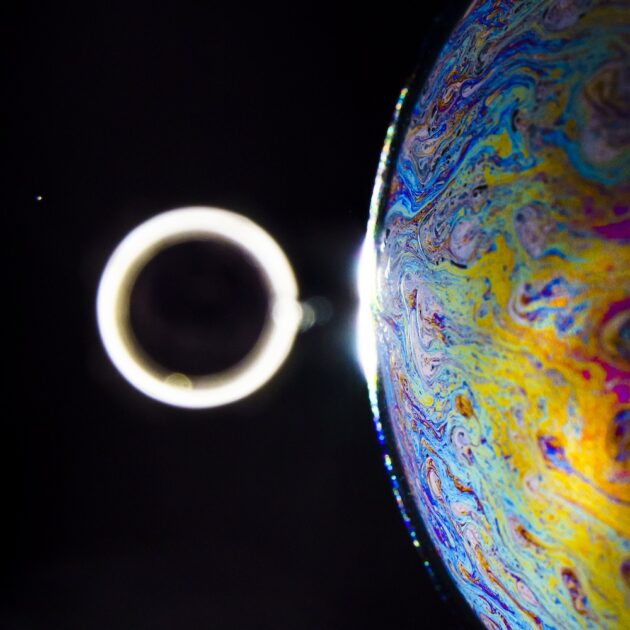
Optical engineering student Benjamin Margulies ’24 received third place for Iridescent Eclipse. The “planet” in the artwork is a soap bubble illuminated by an extended diffuse white light. Its iridescent colors are a product of thin film interference and the striking patterns are fluid dynamics at play. The “eclipse” is a coin illuminated from the rear with a simple flashlight.
“I am glad sight is our most prominent sense,” noted Margulies as part of his submission. “It is the easiest way in which to see the beauty in the natural world. It also gave us our greatest tool for studying the cosmos. The world of science would be dark if not for the limitless potential of light.”
People’s Choice Award (tie)
The ballots cast for the People’s Choice Award resulted in a two-way tie between Merve Duyar, an ambulatory technician at UR Medicine Orthopaedics, and biology student Nilima Walunjkar ’25.
Duyar drew Overview of the Spine (below) by drafting a smaller version in a sketchbook and projecting the main figure onto 30” x 22” watercolor paper. Duyar used a mechanical pencil and a mix of soft blends and crosshatching to create depth and detail.
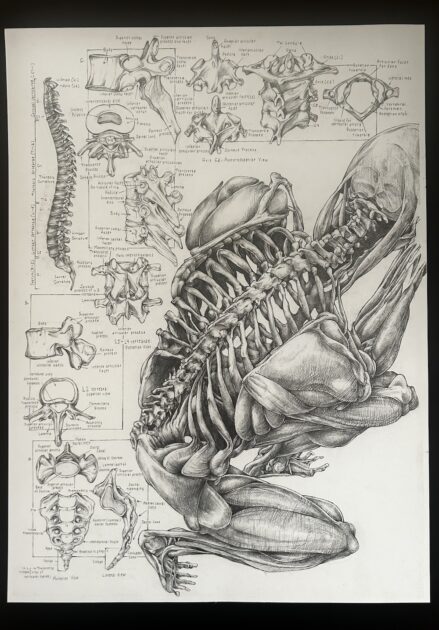
“Using visual interest and bold lines, my submission brings scientific information and illustration into a learning experience that is also visually appealing,” per Duyar.
Walunjkar created the agar artwork A Yeasty Night (below) using four different yeast strains and a pipette on yeast extract-peptone-dextrose. Walunjkar captured the image using a Phenobooth, a colony counter with a camera.
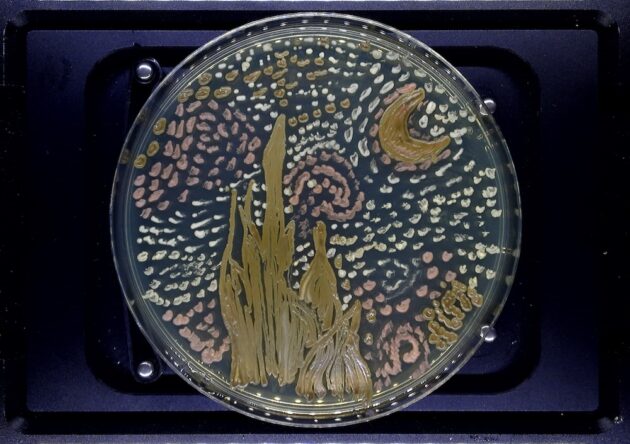
“We’re only scratching the surface of understanding microbial diversity worldwide,” Walunjkar explained. “Early taxonomists used morphology to describe diversity in plants and animals, but this approach has limitations with microbes. The sequencing age has ushered in a new era, enabling us to characterize microbial diversity in ways previously impossible by directly examining DNA sequences. My artwork attempts to illustrate the hidden diversity in the microbial world.”
